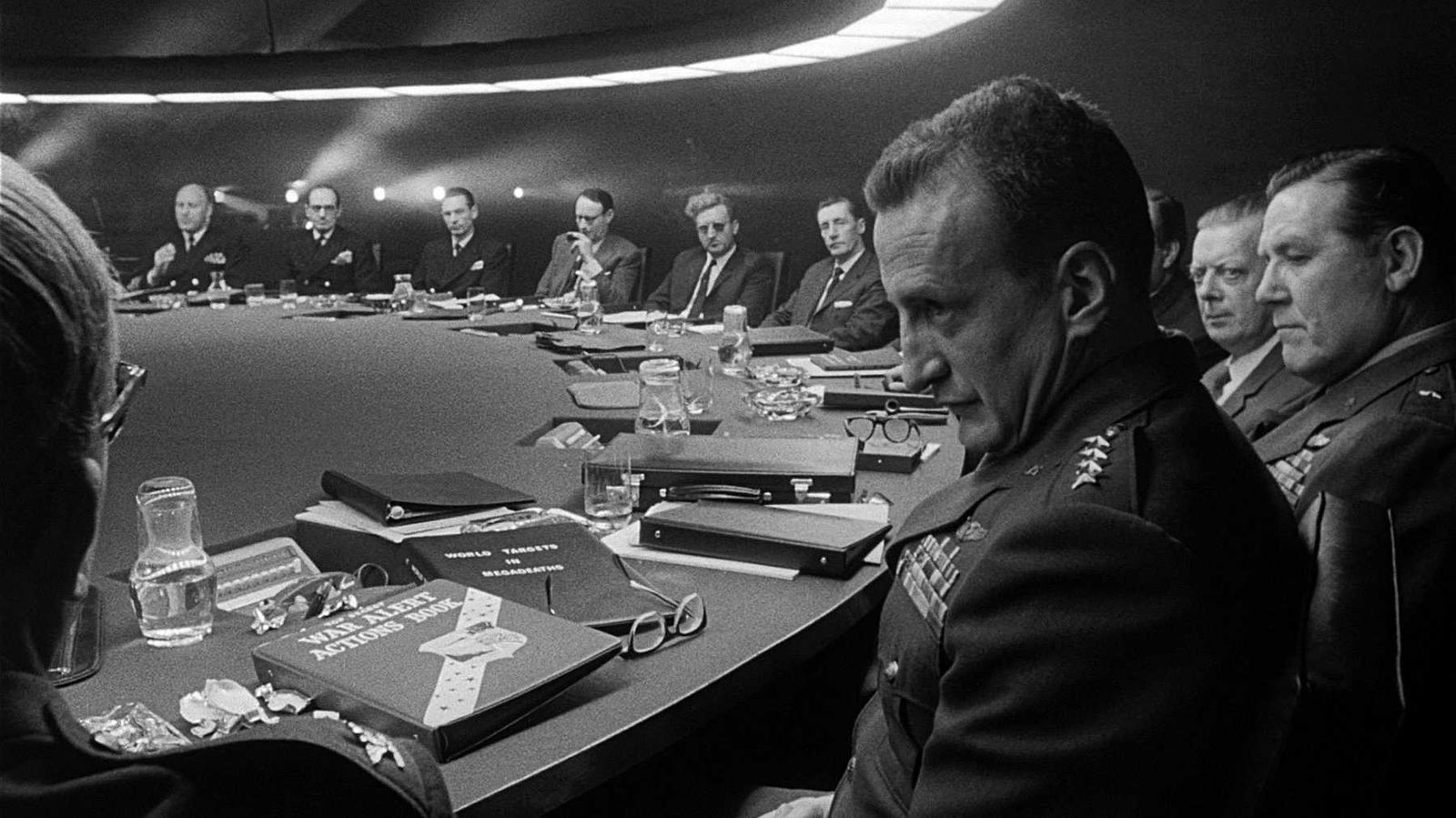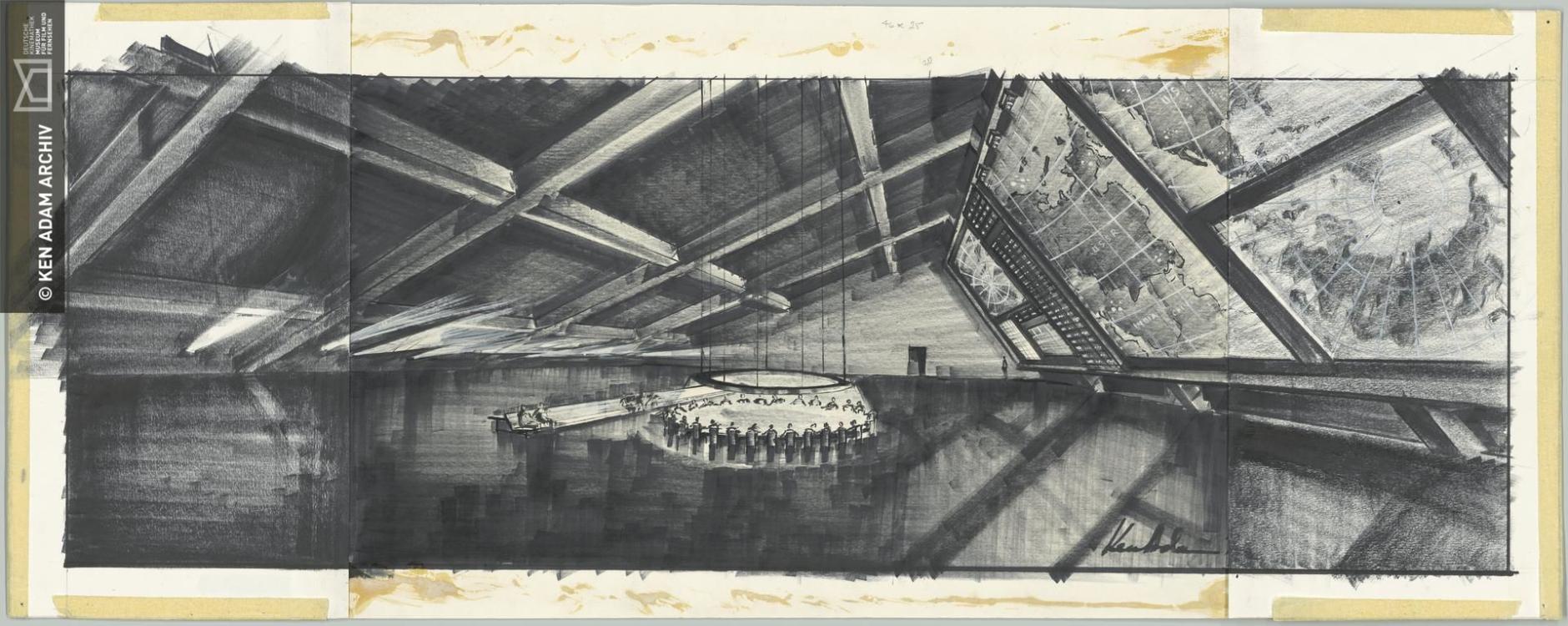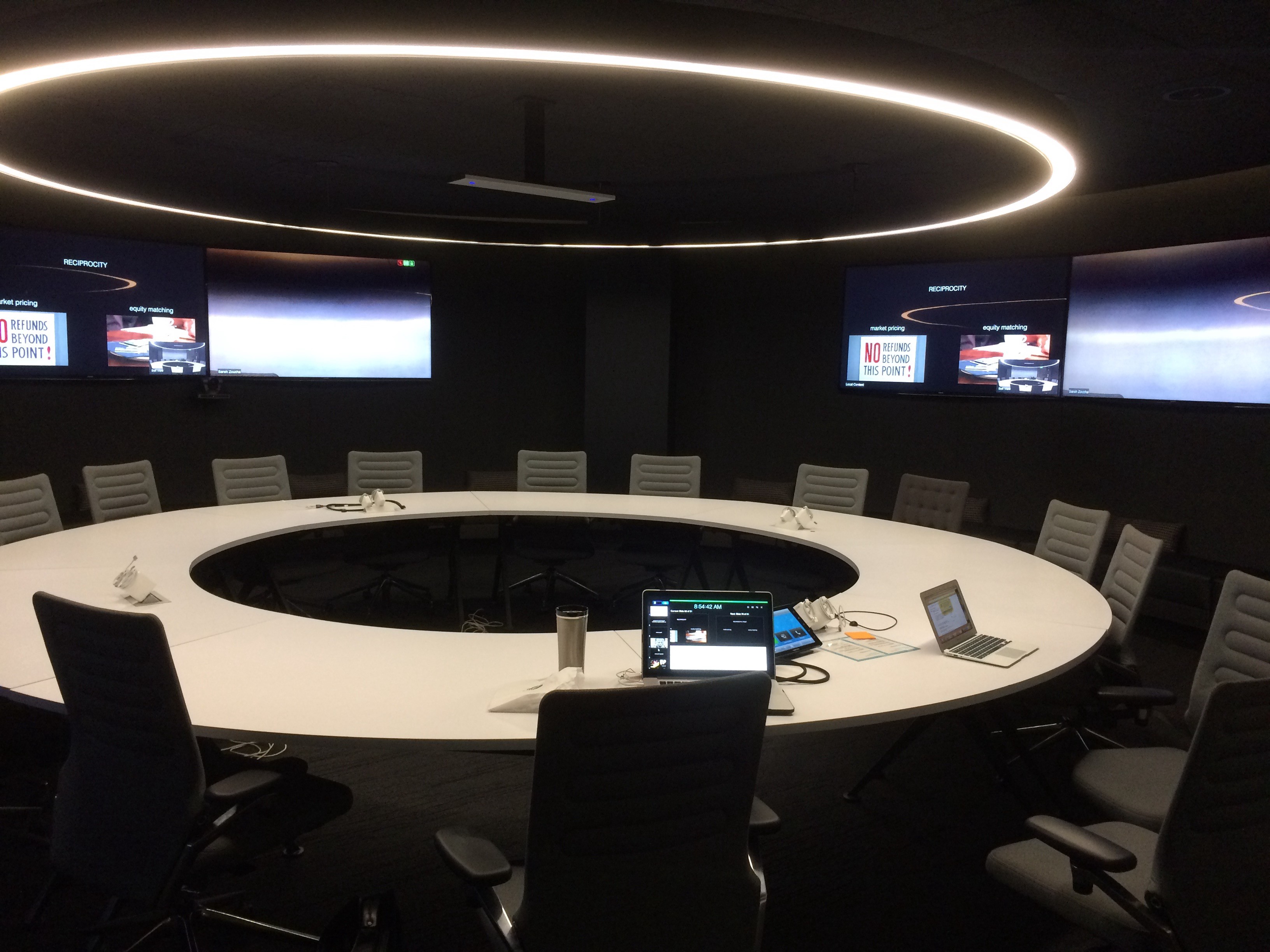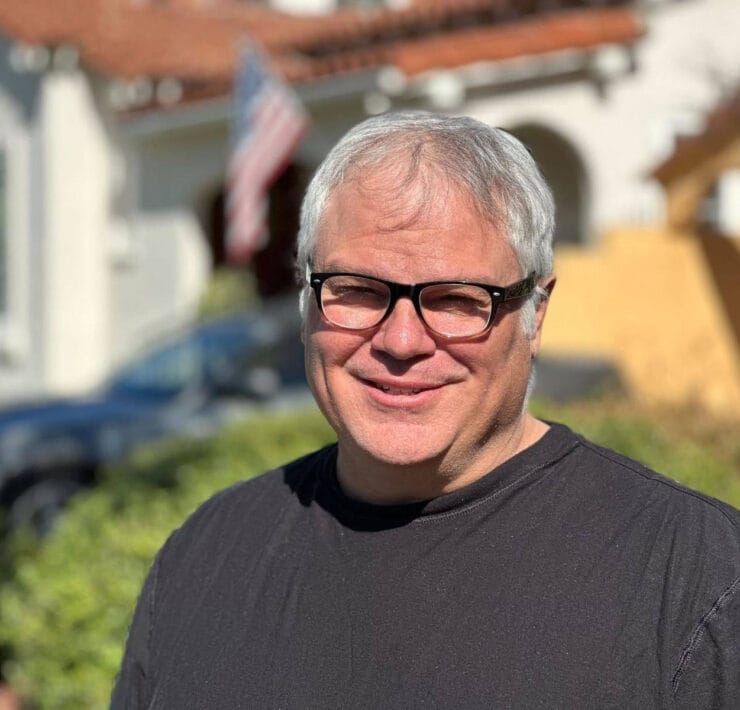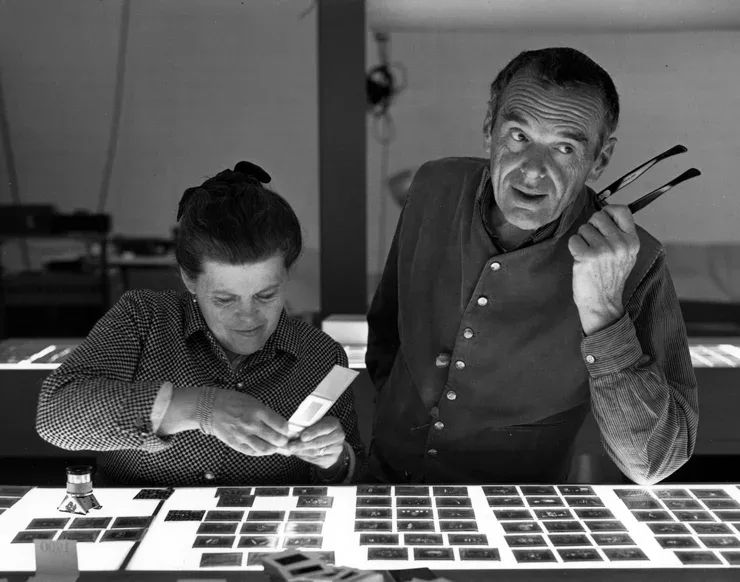The war room ring pendant in Stanley Kubrick’s Dr. Strangelove or: How I Learned to Stop Worrying and Love the Bomb may be the first modern appearance of the distinctive ring light trending in today’s commercial lighting applications.
Who invented it?
Credit for the ring pendant goes to the late Ken Adam, who was born Klaus Adam. The war room set in Kubrick’s Dr. Strangelove gave Adam an opportunity to create the halogen version of the ring light for the 1964 anti-war film.
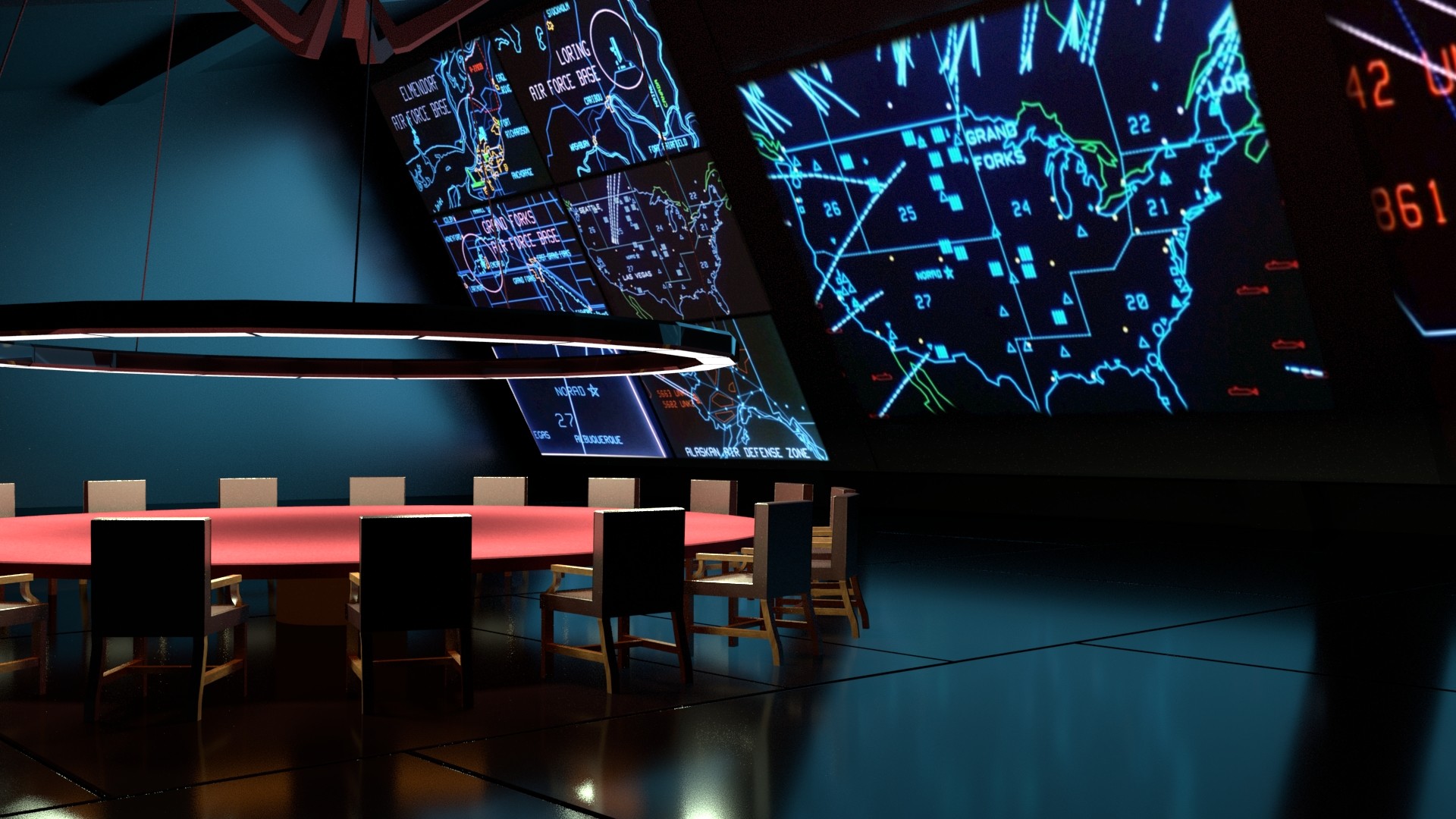
The epic, 22-foot diameter light hangs over upper echelon military personnel in the fictional depiction of a war room in Kubrick’s movie. In the motion picture, the room functions in an underground bunker located beneath America’s Pentagon. Characters take a seat at a large round table underneath the grand arclight.
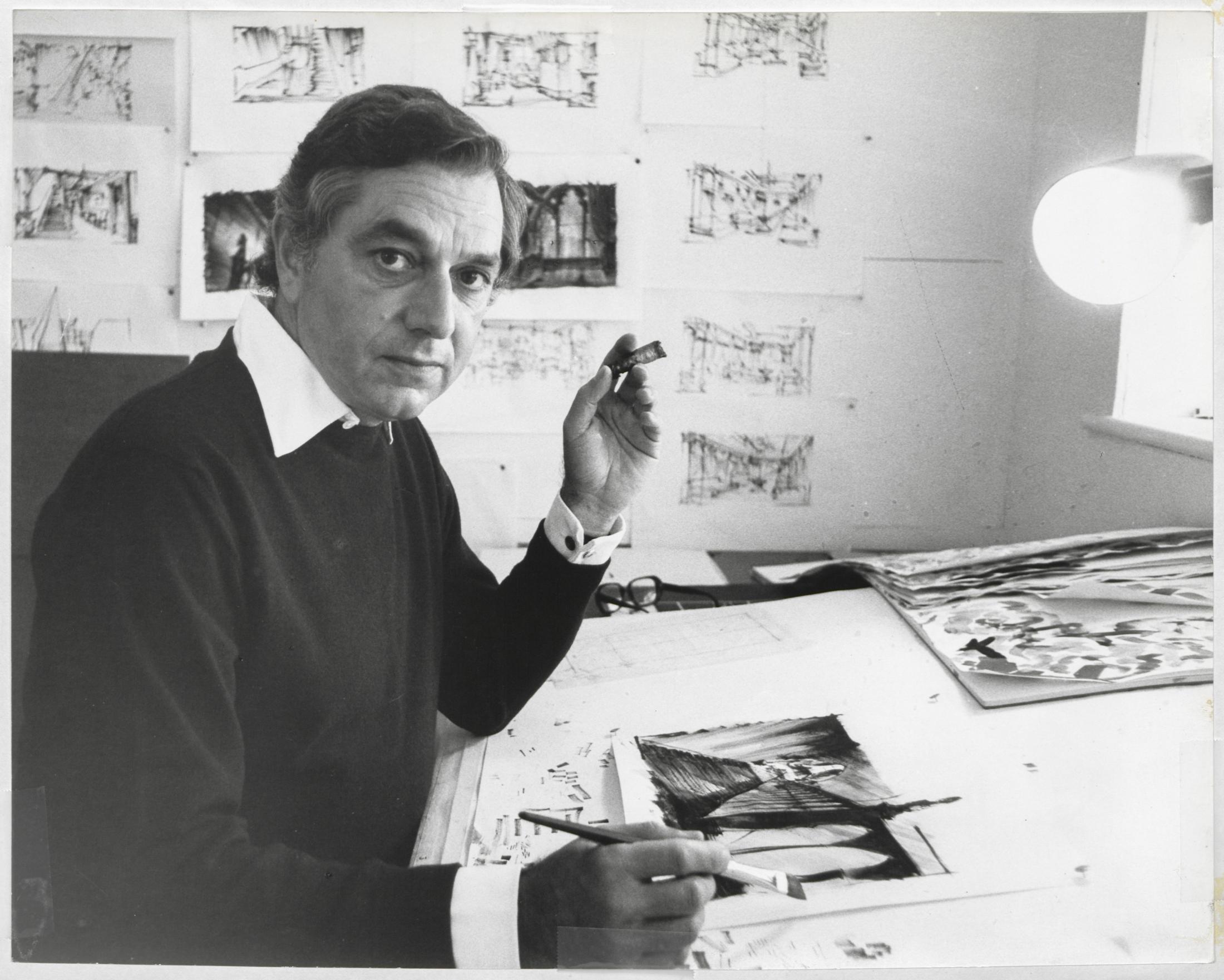
Ken Adam, a German Jew who had served as a British pilot against Nazis during World War 2 and later trained as an architect, sketched these iconic scenes. The pendant illuminates a table intended to evoke men playing poker—strategizing war as a game—and Kubrick apparently loved Adam’s striking production design.
The filmmaker wasn’t alone. According to Fast Company, Airbnb designed their conference room into a model for the distinctive Dr. Strangelove war room set. The New York Times later described it as having been “conceived as a vast bomb shelter with an illuminated table in the center …”
Before he died at 95 in London, Adam had designed the vintage car in Ian Fleming’s Chitty Chitty Bang Bang and sets for seven James Bond movies, including climactic villainous scene sets for Goldfinger, You Only Live Twice and the first 007 movie, Dr. No.
But the set for which he’s most noted is the war room with the circular, hanging pendant light, which caught the attention of Steven Spielberg. As Adam once told the British Broadcasting Corporation before he died: “I was in the States giving a lecture to the Directors Guild when Steven Spielberg came up to me. He said, ‘Ken, that war room set for “Strangelove” is the best set you ever designed.’ Five minutes later [Spielberg] came back and said, ‘No, it’s the best set that’s ever been designed.’”
The Contemporary Ring Pendant
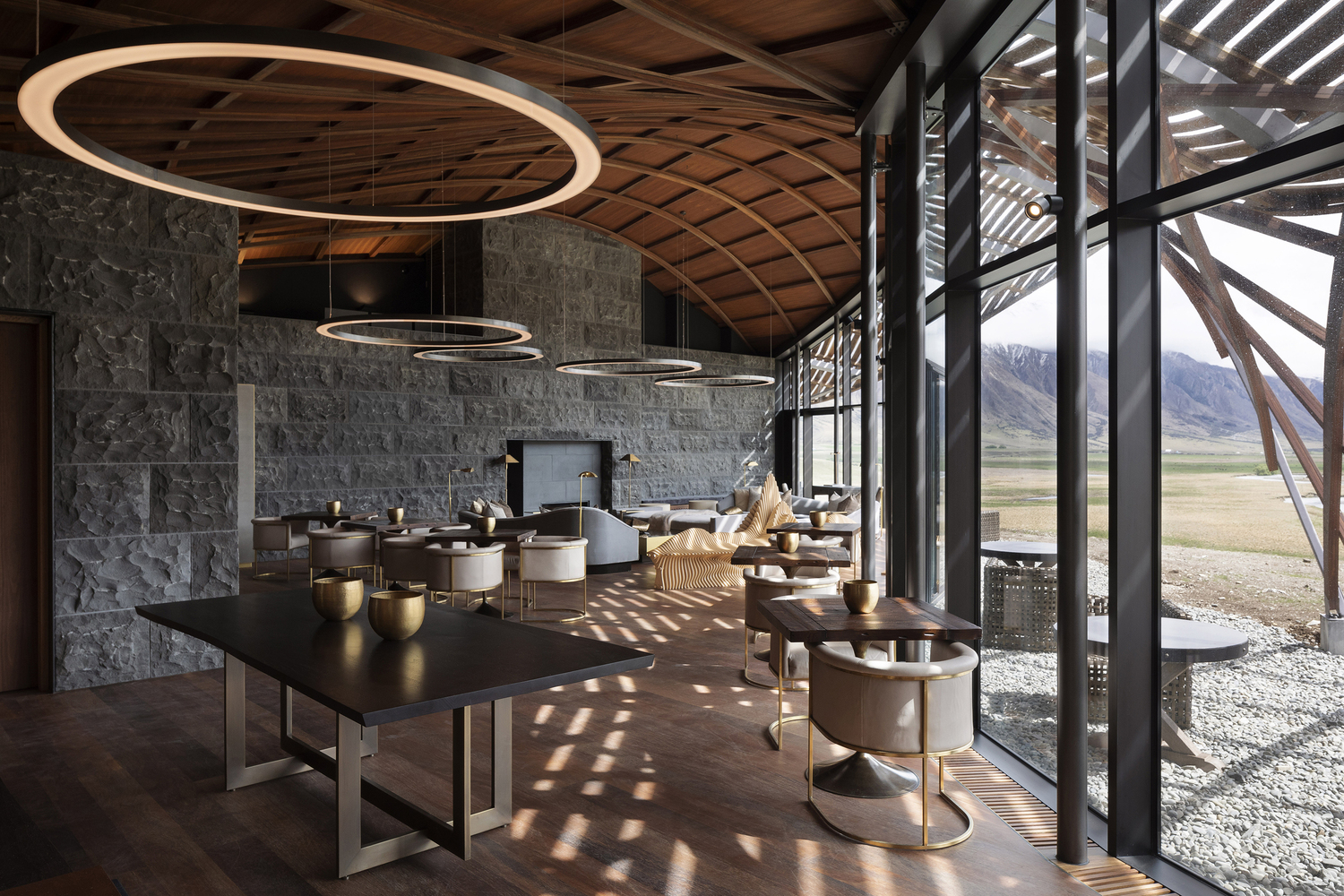
The ring pendant has come a long way since its 1964 halogen origin. Today, the light source is LED allowing for a slimmer design. The lighting technology, more advanced than the technology depicted in the film, includes vacancy and occupancy sensors, WiFi and Bluetooth Mesh. Contemporary applications feature schools, libraries, commercial buildings, lobbies, conference rooms, and dining and hospitality.
Now, 56 years since its conception, Ken Adam’s ring pendant light design endures.
Alcon Lighting creative director and co-founder David Hakimi works to improve lighting through research, development and education. David strives for efficiency in lighting, affording architects, lighting designers and engineers the ability to maximize LED lighting design and application. David is a graduate of the University of California, Los Angeles, where he received a Bachelors in history. David also studied lighting design at IES in Los Angeles. He traces his and Alcon Lighting’s commitment to innovation, accountability, quality and value to lessons learned from his father, Mike Hakimi, a lighting craftsman, salesman and consultant in Southern California for more than four decades. Today’s lighting for commercial use requires a deep, complete understanding of smart lighting systems and controls. David takes pride in his lighting, energy controls and design knowledge. He is driven by the desire to share his insights into lighting specification and application. This quest to share his knowledge was the impetus for David to create Insights, Alcon Lighting’s blog and resource center for helping the reader understand lighting and its application to space.

